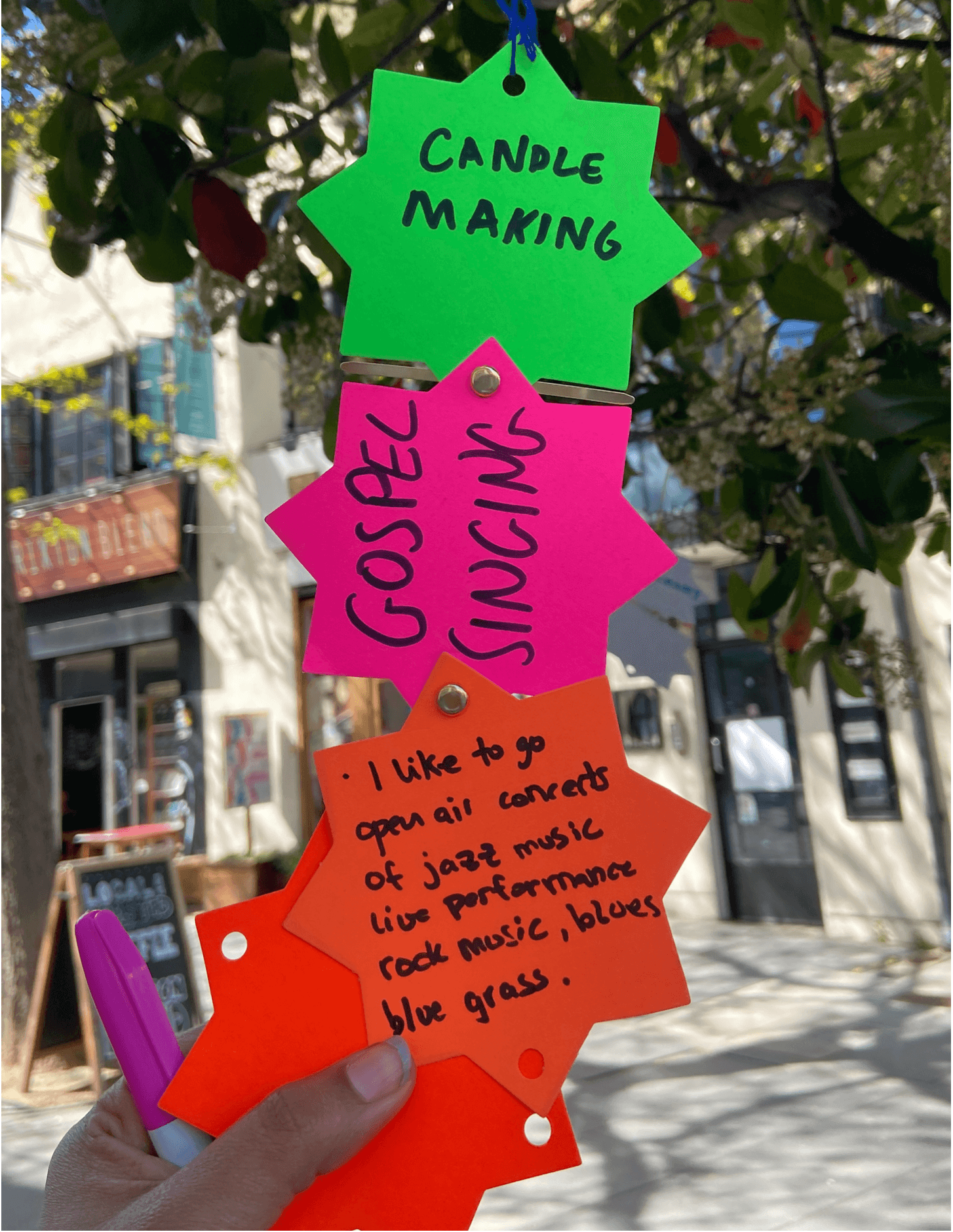Power of metophors in user experience design
The Metaphorical way
Power of metaphors in user experience design. But, what exactly is that power? The principles for designing for humans are bringing new emerging challenges for design thinkers. Designers are now thinking from the perspective of human psychologically-grounded principles and creating something beyond functional, making the output usable to genuinely delightful. Designing for emotions has become an essential part of modern business; therefore, from a designer's perspective, this essay provides insight into how to utilise metaphors to bring out the meaningful experience for users by giving an example of the Micro-Unit project done at UAL, London College of Communication.

Metaphors are talking for one thing but describing something else; they give a direction to words beyond their meaning. They are the opening doors of what we can know and imagine; they let you feel things. An American literary theorist Kenneth Burke in his book
(A grammar of motives, 503),
states that the metaphors we propose should be clear in what respect we are thinking; they are substitutes that should be justifiable. He explains the term metaphors in most simplest way : "It brings out the thisness of a that, or the thatness of a this." Therefore, it may not be necessary if every metaphor we use works with the concept; it is necessary to apply the ground of common sense as metaphors are not synonyms. For instance, hope is on the horizon, does not mean that hope bobs along the horizon. Hope is an intangible thing. It indicates that good things are in one's future.
Why do we use metaphors? Metaphors, and their close cousins, analogies, are essential tools of cognition and communication, providing us with unfamiliar ways of conceptualising familiar things and familiar ways of conceptualising unfamiliar things (Lakoff & Johnson, 1980; Ortony, 1979). They help bring the idea to life; they make us perceive things in different ways. They strike our imagination, changes our behaviours and create realities. It makes us look at the issues through a broader design lens (Dorst & Tomkin 2011). Now, I am exploring the role of metaphors for a design project of micro-unit, Materialising the Blockchain technology done with my course team Drawing on a collaborative ethnography with the Brixton Pound, a local currency founded in 2008 looking to create their Brixton Pound token on the Algorand blockchain.
Blockchain or distributed ledger technology (DLT) It is an open-source and encrypted protocol that generates a decentralised and distributed digital ledger. It enables the record of transactions, monitored and updated by the consensual system of its users, without a third party's need. Blockchain was created by the anonymous Satoshi Nakamoto, with the first application of cryptocurrency named Bitcoin (Nakamoto 2008). The number of cryptocurrencies has spiked up more than 10,000 (coinmarketcap.com). While some were created as direct stand-in replacements of Money, they do not behave like a currency. For example, Amazon only executes the reputation (such as ratings). These servers are decentralised, among them peer-to-peer applications which are autonomous and self-executing.
These creations led to a discursive shift from cryptocurrency to tokens, a much broader term that incorporates different expressions of value (Dupont and Maurer2015) How we utilised metaphors to develop our conceptual design experience? Discussion of particular linguistic tools, such as metaphors made a significant role in reframing the meaning of the world through technological design. Talking about this led to indicate the material aspects of the very project that may exist in the future and to express socio-technical associations of humanly and non-humanly components to tie them together to build inter-connectedness between the blockchain and the human values (Lakoff and Johnson 1980).
In our conversation for designing a brief to materialise the blockchain, we first started creating metaphorical understandings of Money as a 'connector of value' Money does not measure because it is quantitative; money measures because humans need a measure, and any measure is a qualified quantitative relation (Seitz, 2017). It is the connector of exchange. Except for Money, what can connect value? The project, in synthesis, consisted of a On-Site Experience and an online platform to connect it with technology aspect. Our findings on how people in brixton percieves the value of culture and manage too engage in the values of diversity. The exchange of values like care, belief, understanding, and culture gave us a perspective of seeing how innovation and people can play together advantageously within the future. From my understanding, metaphors matter through the process of speculation; they give a re-description of the purpose of dealing with new social-economic patterns to accelerate blockchain technology. By incorporating concepts with Brixton Pound such as diversity, inclusiveness, and equality, we build a new concept of 'individual uniqueness as a value' recorded in blockchain technology. A cultural trading network where uniqueness is used as a currency.
Conclusion As a role of UX Designer is engaging design thinking and building experiences, choosing the right metaphor is essential. As said by Kolko, Because a synthesis is frequently relegated to an informal step in the overall process, it is practised implicitly; a single designer forges connections in the privacy of her own thoughts and performs only rudimentary sense making. Metaphors give the power of building future vision toward the area of work, look at the issues through a broader design lens. Also gives a direction and helps you convey your feeling or emotions directly. It makes you build a story and make everyone feel the reality through relatability in real life.
Refrence‚ | Burke, K. (1969) ‘A grammar of motives’, in University of California Pres~ | Lakoff,G.(1980)‘Metaphorsweliveby’, in University of Chicago Pres~ | Seitz,E.,(2017)WhatIsMoney?.Social Analysis, 61(4)v | Kolko,J.,(2010)AbductiveThinkingand Sensemaking: The Drivers of Design Synthesis.m | DuPont,Q.andMaurer,B.,2015.Ledgers and Law in the Blockchain.



